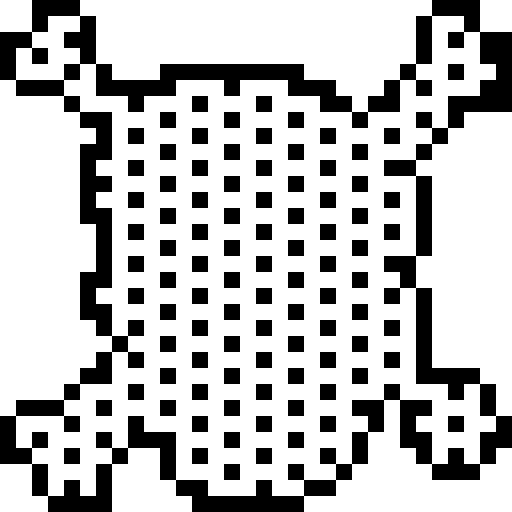
Set: set of vertices connected by edges
Comment: Emotions are complicated. How can a pictogram like 😂 possibly communicate a very complex composition of human emotions, moods and vibes? The synaptic events in our brains deserve more than simple emojis!
Our emotions can (and will) be translated into data and once they are data, they can be visualized. Which is why we need graph stickers. Graphs and diagrams simplify and illustrate complicated information. With graph stickers, we can visualize our inner complexities and display them in a practical and a visually appealing manner.
By taking away the scientific context and changing the obscure labels of graphs, we opened them up for new interpretations. Once stripped of their specialized content, the accessible visual language of a graph shines. Now they can be used to express individual, human subjectivities. But also, sometimes, the original content of a graph can be directly linked to an emotional state as well.
Not bound to the cold, numeric world of scientific data anymore, a graph sticker might be able to perfectly convey that awkward feeling of being at a party where you don’t know anyone. While standing in the corner, texting, you can at least simplify things by sending one of these graph stickers.
Artists: New Media Class Kunsthochschule Kassel (2019/20)
Established in 2003, the New Media Class of Kunsthochschule Kassel deals with technologies, digital infrastructure and the attempt to leave behind obsolete patterns of communication. Reflecting social discourses is part of the agenda as well as artistic experiments. Since 2018, Rosa Menkman takes the role of the deputy professor. She is part of the Telegram sticker residency with her set “Les Inconnues”.
The Graph Sticker Set is a collaborative project by: Vreneli Harborth, Malin Kuht, Fabian Gimpel, Fabian Heller, Niels Walter, Saskia Kaffenberger, Jan-Hendrik Gebbe, Christopher Cäsper and Yannick Stark.

Set: Les Inconnues
A fundamental part of the history of image-processing, webdesign, and the standardization of settings within both analogue and digital media are test cards, placeholder images, bots and virtual assistants. Engineers used these female objects to evaluate the quality of image processing, the rendering and composition of architecture and to make these latent spaces more amicable. While these women seem to be able to prolong their existence for as long as the (digital) realms will copy and reuse them, most of them have lost their name and identity.
Pique Nique pour les Inconnues is a Telegram sticker set, made of the 24 clockface emojis, each connected to a sticker of an Inconnue (an unknown or ghost) and their history.
Artist: Rosa Menkman
Rosa Menkman is a Dutch art theorist, curator, and visual artist and currently a professor at the Kunsthoschschule Kassel.








